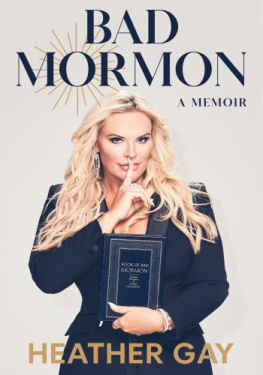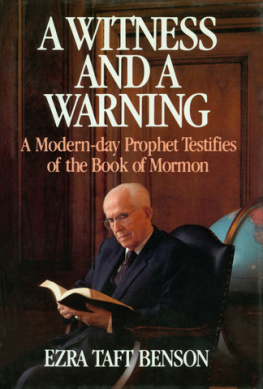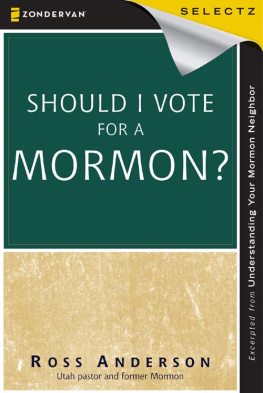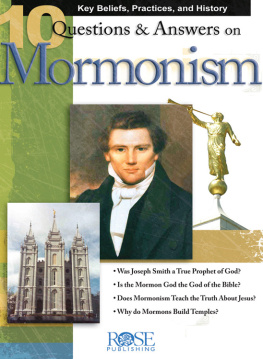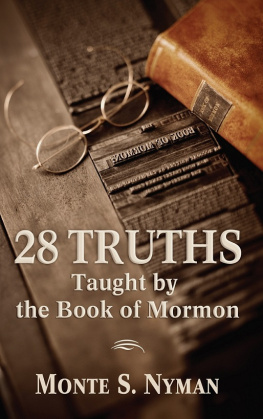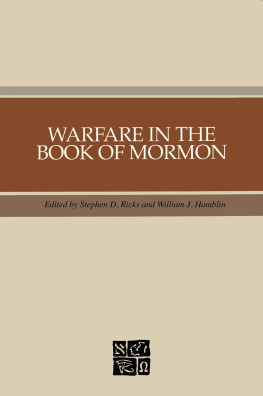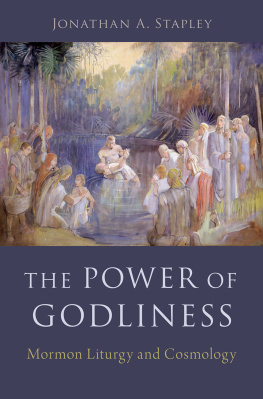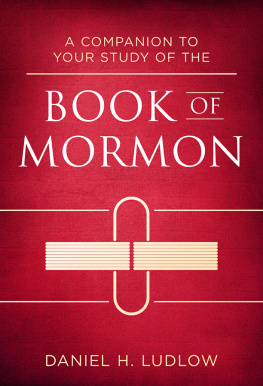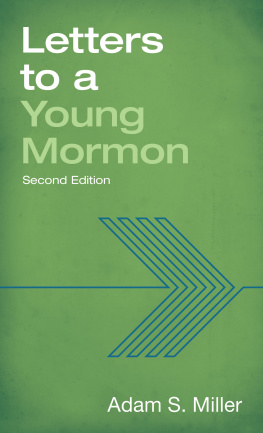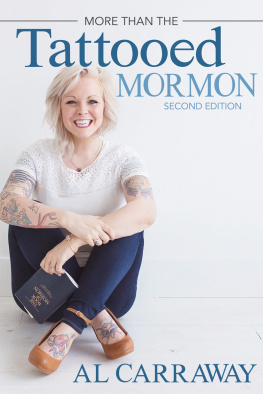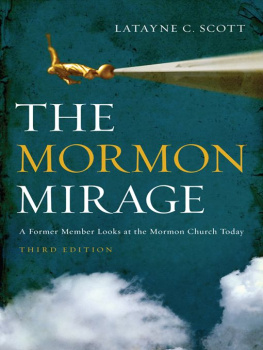S ealed
An Unexpected Journey into the Heart of Grace
Katie Langston
Thornbush Press
Contents
For Lanny, Adah, and Miriam
Beauty and grace are performed whether or not we will or sense them. The least we can do is try to be there.
Annie Dillard
Authors Note
Writing about memory is a journey of imagination more than fact-finding. The story I tell in these pages is true, to the extent it makes sense of the world as I have experienced it. If I were to tell it again in twenty years, thirty, forty, no doubt itd be a different book, just as this book is different from what I would have written while I was in the throes of living the experiences that comprise it.
Have I taken creative license with my memories? Certainly. Is there any other way to make sense of something as fleeting and indefinable as a human life, let alone attempt to describe that lifes encounters with God?
I make no claims as to this storys objective truth. Some names have been changed and identifying details obscured to preserve privacy; other times, in service of the narrative, I have condensed or otherwise shaped the story to convey more accurately the spiritual and emotional impact as I perceive it. My experience of Mormonism, my understanding of my familys dynamics, my reflections upon my conversion to Christianity are acts of meditation and interpretation. I do not pretend to have the final word on any of this. Others close to my story would surely tell another version, and theirs, too, would be valid.
What I can say is this: I have been bathed in grace from the moment I was born. To the extent I have communicated the mysterious and ineffable love of God, made known most fully in Christ Jesus, crucified and risen, I have expressed the deepest truth I know.
Prologue
In Logan, Utah, in the center of town, on a hill overlooking a lush valley that sprawls for miles, the Mormon temple stands like a fortress. It is our protector, our sentinel, preserving our wholesome tree-lined streets, our sweet neighborhoods with neatly trimmed lawns, our modest but well-kept homes, and further out, toward the Wellsville Mountains where the town gives way to fields of open farmland, our crops of alfalfa, wheat, and corn. It was the second temple in Zion, finished even before the iconic structure in Salt Lake City, which made it the beating heart of Northern Utah for nearly a decade on the Mormon frontier. It is the first thing you see when, traveling north from the capital, you make your way through the twisting curves of Sardine Canyon and emerge at its mouth. There, the spectacular views of Cache Valley break open like birdsong and the temple greets you with a welcome and a warning. During the day, its formidable limestone exterior, flanked by castle-like turrets on either side, fortifies the landscape; after sunset, its illuminated by the power of one-thousand-watt lights, casting an authoritative glow across the entire valley.
My parents were married there. So was I. Their wedding, Im told, was a much more subdued affair than mine. While my husband and I were surrounded by jubilant friends and familysiblings, mission companions, parents, leaders, and neighbors, until there were no seats left in the sealing roomtheirs was hauntingly sparse. A couple of friends. No family. My mothers parents were never Mormon; my fathers were lapsed enough at the time that they werent allowed entrance. My mother recalls arriving at the temple on December 13, 1980, with no one to help her prepare her dress or sit with her in the bridal room; she waited with bated breath, alone, convinced my father wouldnt show. When he did, she breathed a sigh of relief, and they were sealed together before God, angels, and their tiny gathering of witnesses, for time and all eternity.
To be sealed for time and all eternity: this was the highest possible promise, the culmination of all of Mormonisms mysteries. We were to think of ourselves as on a path, progressing from one degree of spiritual development to the next, a journey that began even before we were born. First, we were disembodied spirits in a pre-existence, yearning for the corporeality of our Heavenly Fathers flesh and bones; then we were sent to Earth to experience life in this tabernacle of clay. Once mortal, we were to receive the ordinances of salvation, available only in Gods true and living church, the Church of Jesus Christ of Latter-day Saints, which included baptism, the laying-on of hands for the gift of the Holy Ghost, and the temple ceremonies: the initiatory, which prepared us for further light and knowledge through anointing and blessing; the endowment, which delivered the light and knowledge through ritualistic drama; and the sealing, which bound us to a spouse, and the children that would come from our union, as a forever family. If we fulfilled each step, we would be exalted as gods and create worlds and spirit children as our Heavenly Father had done.
I was born exactly nine months and three days after my parents sealing in the temple (they insist on their chastity beforehand), and the story of their wedding was the foundation upon which our family was built. It was proof of their devotion: they married in the temple, even at the expense of the pain of their parents, who couldnt be present with them, because they wanted the blessings of sealing. Whatever it required for us to be a forever family was worth every sacrifice.
Of course, it didnt strike me as sacrifice then. It was inevitable, the only possible choice. If anything, my grandparents were the ones to blame for their unworthiness to enter the temple. My mothers parents were so addicted to drink they didnt even come to the reception in Logan but held their own, weeks later, where they could arrange for an open bar; my fathers dad was unable to give up smoking and my grandmother decided to remain outside the temple in solidarity with him. It was clear that their exclusion was the consequence of their choices, as sure as day follows night.
Even for those of us who had the sealing, the temple was the promise of a forever family, but not its fulfillment. The fulfillment would take a lifetime. Obedience, repentance, purity: this was the price of belonging. A family could remain a family only if they were worthy of it. The standards were high, but so were the rewards. We repeated it in Sunday services and morning devotionals in the living room through the lyrics of a popular childrens song: I always want to be with my own family, and the Lord has shown me how I can.
That word: can. A single syllable, laden with condition: we can be together forever, but will we? That was up to each of us. At a certain point, our parents efforts would be insufficient to ensure our safety; our agency, our choices would determine whether their sealing held.
One night, Mom had a dreammore like a vision, a revelation from God. She said she saw herself die, and as her spirit floated above her body, she passed over Dad and us kids weeping in a hospital waiting room. She tried to speak to us, but the veil was too thick. The only thing penetrating it was a golden thread protruding from her abdomen, connecting her to each of us. She held it fast and turned toward the light, the hope of our eternal family piercing the fog of death. When she was swallowed up in it, she awoke with tears in her eyes and intensified conviction that there could be nothing more precious than this sealing. I was young when she dreamed it, maybe eight or nine, and I clutched at my own belly, imagining the pull of the celestial cord she described and the mystery of the blinding unknown.
Are we really going to be together forever? I asked.


